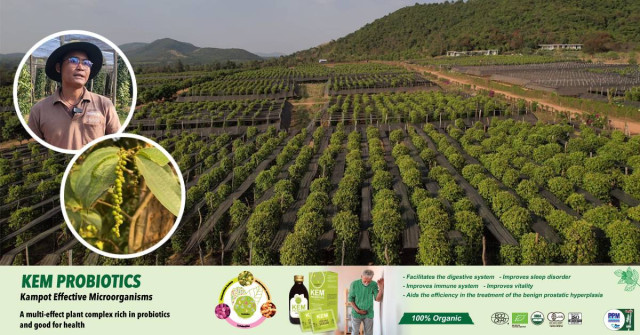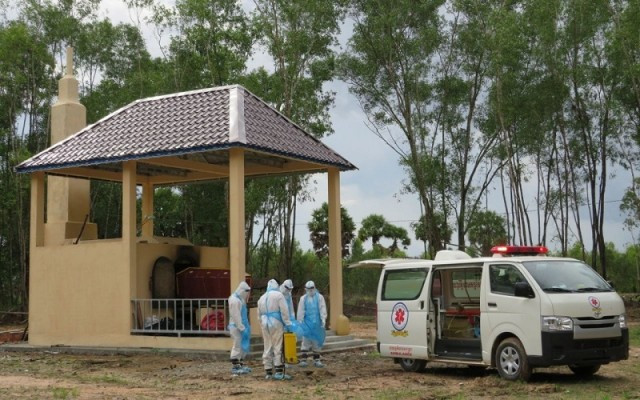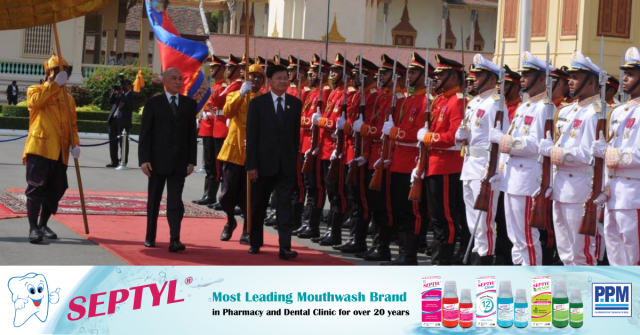Sea and Mountain Contribute to Kampot Pepper’s Unique Taste and Quality

- By Torn Chanritheara
- March 4, 2024 2:10 PM
KAMPOT – Thanks to its high quality and unique taste, Kampot pepper is exported to 70 countries worldwide, especially the European Union and Asia.
The specificity of Cambodia’s most popular spice comes from the surrounding geographical features: The wind from the sea and the rich soil from the nearby mountains give the peppercorns their distinctive taste.
Kim Teang, a tour guide at La Plantation pepper farm in Tuek Chhou district, Kampot province, said that Kampot pepper is Cambodia’s most renowned natural product, highly praised by foreign tourists who see it as a nice souvenir to bring back home.
“The different varieties of Kampot pepper and their sizes are the same as other peppers. But the taste depends on where we plant them and how we take care of them,” he said.
He explained that the climate in Kampot province is not too hot nor too cold, ideal for growing pepper. While the salty sea air enriches the pepper's taste during the flowering process, the fertile mountainous terrain provides an ideal environment for the development of pepper plants.
He added that the hard soil in the area also prevents rainfalls from digging grooves into the earth, allowing the water to flow to the sea without bruising the roots of the pepper plants.
Kampot pepper is also cultivated and nurtured with great care, avoiding the use of chemical fertilizers, substitutes, or pesticides. This commitment to natural growth is crucial in preserving the distinct taste and quality, and making sure the spice retains its ‘Protected Geographical Indication (PGI) designation.
Teang said that two factors cause diseases or trouble in pepper cultivation: weather and pests such as sparrows, golden turtles, ants, and blue-headed flies that eat both pepper and pepper plants.
To prevent pests from eating peppers, Teang said that farmers “use natural methods by grinding Rattan vine and Pich vine mixed with water to water the peppers, making their smell so bad that no pest will eat peppers.”
He emphasized that contrary to pepper varieties that come from Indonesia, which can be harvested in their first year of cultivation, Kampot pepper is a variety originally from India and can’t be harvested before its fourth year after being planted.
“If farmers harvest Kampot pepper in the first year, it will grow slowly and will not be spicy for the third year of cultivation,” Teang said. “Farmers should consider the plants in the long term, as a plant can be harvested for 20 years.”
Kampot pepper was registered as Cambodia's first PGI product in 2016. Kampot pepper can be produced in five districts of Kampot province – Kampong Trach, Dang Tong, Teuk Chhou, Chhouk districts, and Kampot city – and two districts of Kep province – Damnak Chang'aeur district and Kep city.
Originally written in Khmer for ThmeyThmey, this story was translated by Chhuon Kongieng for Cambodianess.















